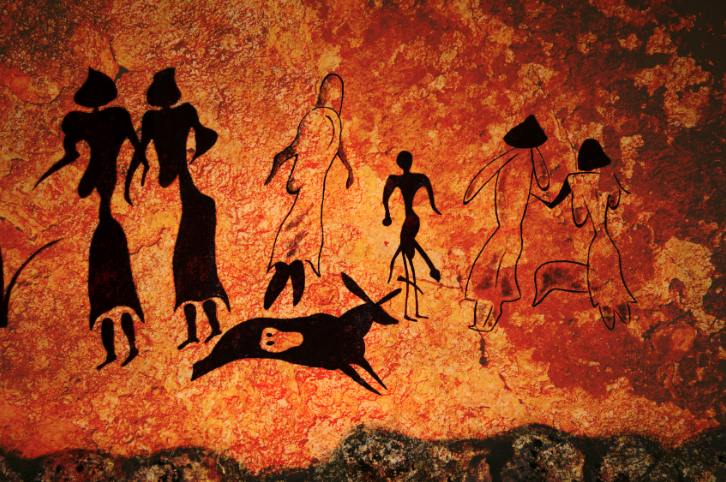
Every picture tells a story, or so I am told. But every trial also tells a story, and this I know.
But unlike those stories told at reunions and other get-togethers, a story at trial is one of advocacy and persuasion with a goal in mind to promote your client’s cause and needs. It is also a story that is constrained by the law and the facts so you cannot go off the reservation. And it is a story that will not go unchallenged since there is a story on the other side. Both sides playing in the same sandbox of law and facts with different “takes”.
You cannot wing this story. You must develop it it with the facts. You must plan the theme, the goal, the how, the why, the words, and every other aspect of it. What that means is preparation, preparation, and more preparation.
The classic story for the plaintiff will be the hero’s journey. Think Luke Skywalker and the first Star Wars move with your client playing the part of Luke the hero, the attorney playing the part of Obi-Wan Kenobi the guide, and the journey being the precipitating event or cause of action (or the wrong committed against the plaintiff or even the wrong sought against the defendant as the case may be).
More on the story later, but this intro is a reminder that your client with your help has something to say, and time has proven the best way say it is through the lens of a story.
Tell me the facts and I’ll learn. Tell me the truth and I’ll believe. But tell me a story and it will live in my heart forever.
An old Native American proverb
With that said, it is my goal to look at the elements of trial within the context of the story format. These elements of trial will be explored, as will the elements of a story.
But first some general thoughts on your story, sometimes referred at trial presentations as your “theme”.
First, what story do you want to tell the jury?
Second, is your story not only credible but is it believable?
Third, is it a story that the jurors can identify with?
Fourth, have you isolated the weaknesses of your case within the context of your story and can the other side discredit it factually?
Fifth, how does the relative comparative credibility of your story stack up against other side’s story or take on the facts of the case?
Sixth, is this the best story you got compared to all the stories (or themes) at your disposal and do the facts and law support you?
Seventh, does your client’s story persuade?
Not much law here, but it gives you an idea that the recitation of a “chronological Sergeant Friday just the facts” approach with a beginning, a middle and an end without that theme or common thread to tie it all together may comply with your organized legal preparation learned in law school but will probably prove not to be the best tack for organizing your persuasion.
These links may help:
The Hero’s Journey: an Author’s Guide to Plotting
The Hero’s Journey – Mythic Structure of Joseph Campbell’s MonomythThe Hero’s Journey: an Author’s Guide to Plotting
The Hero With a Thousand Faces, Joseph Campbell
Who Will Speak for the Victim? A Practical Treatise on Plaintiff’s Jury Argument by Jim M. Perdue
Winning with Stories – Using the Narrative to Persuade in Trials, Speeches & Lectures by Jim M. Perdue
Theater Tips and Strategies for Jury Trials 3 ed. by David Ball
The Art of Storytelling, Presenting an Unforgettable Story in Your Case (CD) by Jim M. Perdue (civil plaintiff lawyers only)
Case Framing by Mark Mandell. For book review, click here.
